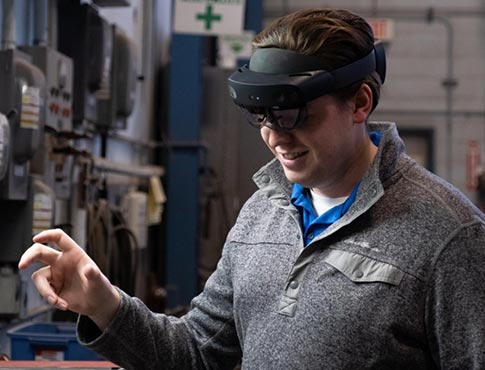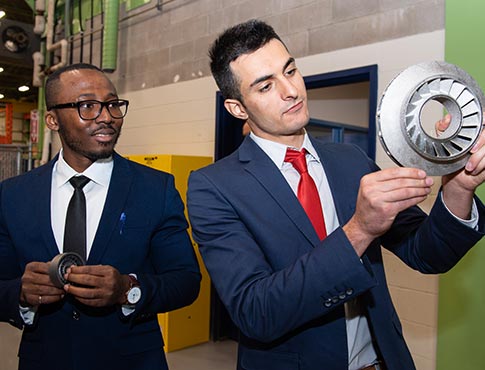
Support for your project
We're here to provide insight and assistance to all partners seeking to access UNB’s research experts and facilities. Whether you know exactly what you need, or don't know where to begin, we're here to help. Contact us today to explore how we can be a valued partner in your research and development efforts.

